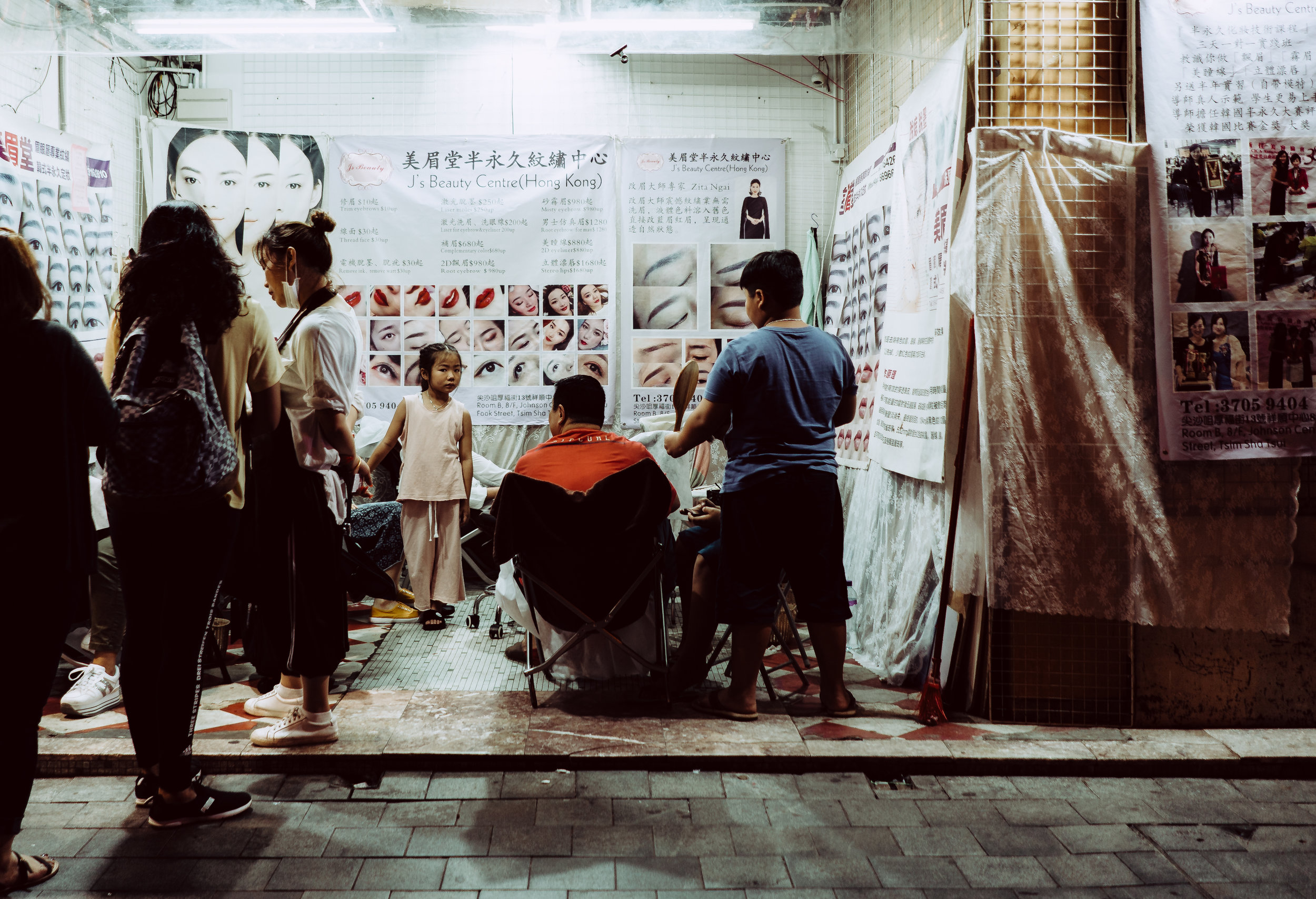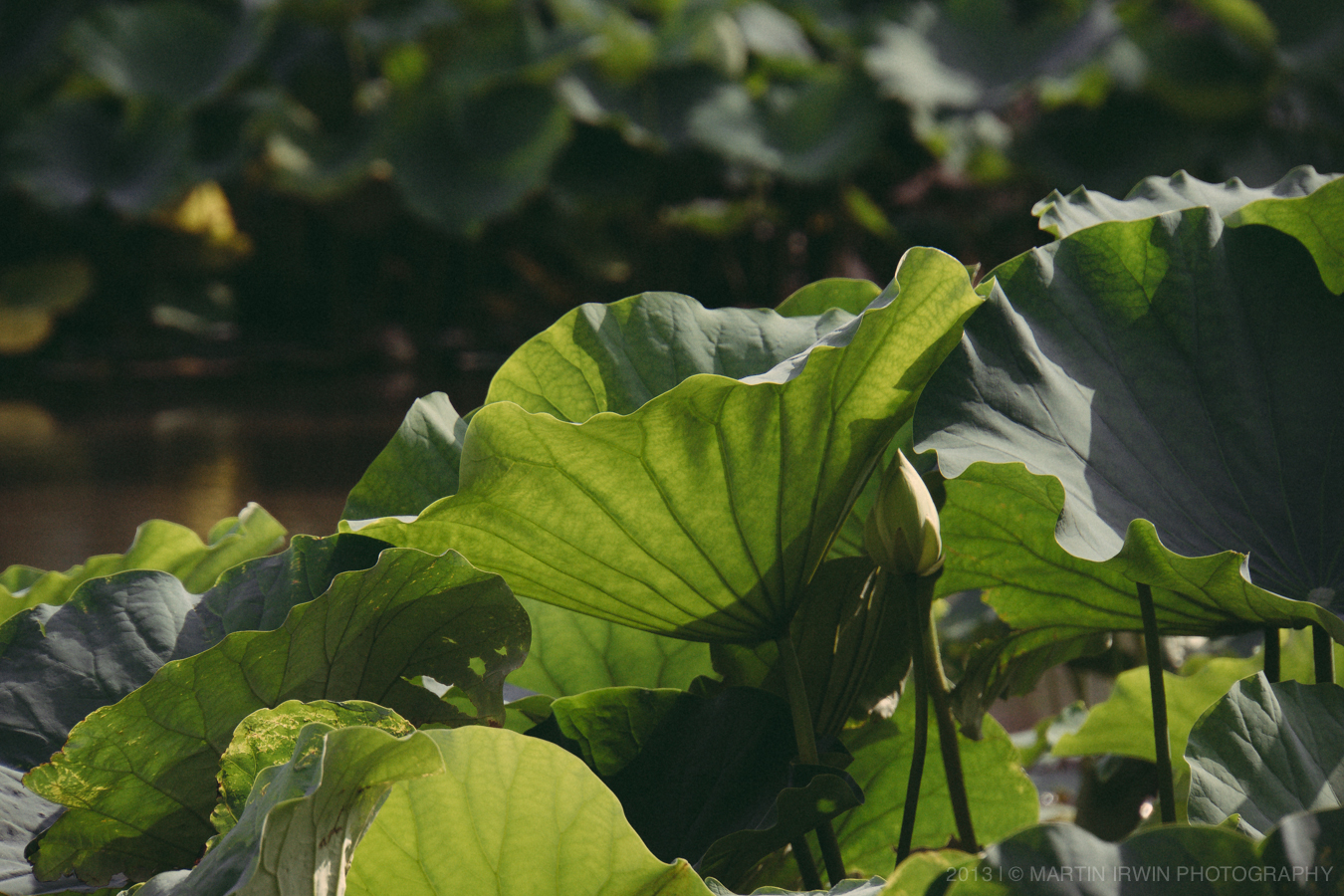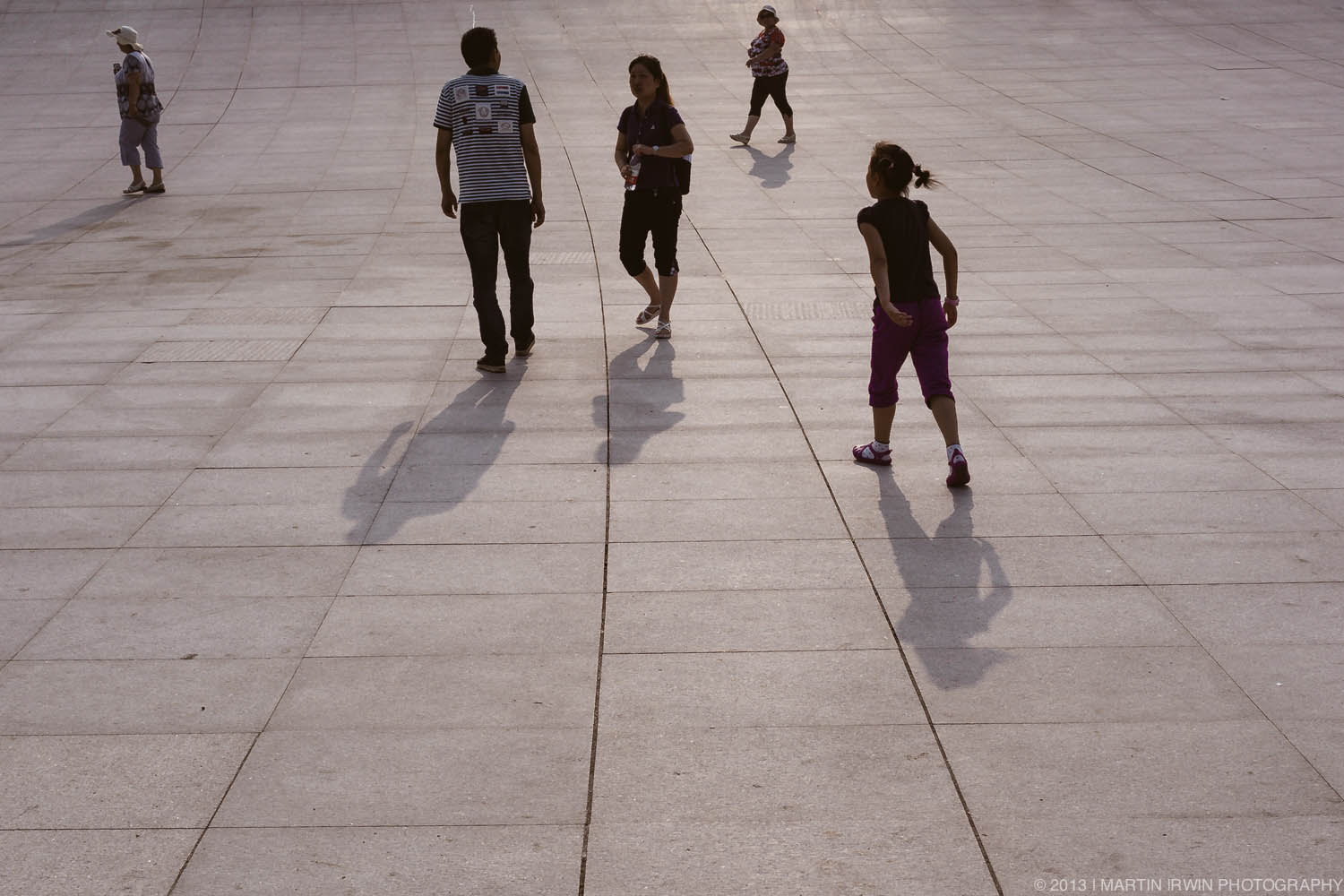Another batch of photos from Hong Kong
Read Moreasia
Hong Kong I
My first time visiting Hong Kong
Read MoreThe Great Buddha of Kamakura
Kamakura Pt. 3 - Kōtoku-in
The enormous Daibutsu
The Great Buddha of Kamakura is a monumental outdoor bronze statue of Amitābha Buddha located at the Kōtoku-in Temple in Kamakura, Kanagawa Prefecture, Japan. The bronze statue probably dates from 1252, in the Kamakura period, according to temple records. It was preceded by a giant wooden Buddha, which was completed in 1243 after ten years of continuous labor, the funds having been raised by Lady Inada (Inada-no-Tsubone) and the Buddhist priest Jōkō of Tōtōmi. That wooden statue was damaged by a storm in 1248, and the hall containing it was destroyed, so Jōkō suggested making another statue of bronze, and the huge amount of money necessary for this and for a new hall was raised for the project. The bronze image was probably cast by Ōno Gorōemon or Tanji Hisatomo, both leading casters of the time. At one time, the statue was gilded. There are still traces of gold leaf near the statue's ears. It is unclear, however, whether the statue constructed in 1252 is the same statue as the present statue.
Some stats on this humongous statue:
- Weight; 121 tonnes (270,000 pounds)
- Height; 13.35 m (43.8 ft)
- Length of Face; 2.35 m (7.7 ft)
- Length of Eye; 1.0 m (3.3 ft)
- Length of Mouth; 0.82 m (2.7 ft)
- Length of Ear; 1.90 m (6.2 ft)
- Length from knee to knee; 9.10 m (29.9 ft)
- Circumference of thumb; 0.85 m (2.8 ft)
A fellow NEX-7 user using his SEL18200
The grounds surrounding the Buddha are very well kept, and relatively peaceful. As 99% of people are drawn to the enormous statue (and rightly so), there are some decent photographic, or simply relaxing, moments to be had in the grounds.
There's quite a collection of people in front of the Buddha. Some are simply standing in awe. Most people start off in this manner. Then, our comes their phone. A few will switch to their dedicated cameras. Finally, there are the people finishing their photos, who turn around and see ~100 cameras pointed in their direction. From studying these people, I have learnt that the proper technique is to crouch down and lollop out of the way, whilst shyly smiling. That's a photo-project in itself!
After taking the mandatory photos of the Buddha, my attention (and most others) was directed further upwards, where high aloft, raptors were screeching and circling. They could have been either the Black-eared Kite or Japanese Sparrowhawk. I did see one such bird chasing a sparrow mid-flight, which was something to behold.
The above photos are heavily cropped; click for larger. All photos on this page were taken with my NEX-7 and SEL18200LE lens. Click here for the lens review. It's at times like this that I wish I had maybe a 400mm lens atop a Canon 5Dmkiii... but carrying that thing around (let alone paying for the combo) would not have been fun on my little bicycle. Plus, if there weren't any such birds around, I probably wouldn't be worrying about such scenarios.
This concludes my Kamakura-by-bicycle photo-journal. I hope you've enjoyed the ride :)
Guardian of Warriors
Kamakura Pt. 2 - Tsurugaoka Hachiman-gū
Continuing our cycle-journey through Kamakura, we left the bamboo forest and sped back to the centre of Kamakura, to visit the centre-piece of the small city - Tsurugaoka Hachiman-gū.
Tsurugaoka Hachiman-gū is the most important Shinto shrine in the city of Kamakura, Kanagawa Prefecture, Japan. The shrine is at the geographical and cultural center of the city of Kamakura, which has largely grown around it and its 1.8 km approach. It is the venue of many of its most important festivals, and hosts two museums.
Tsurugaoka Hachiman-gū was for most of its history not only a Hachiman shrine, but also a Tendai Buddhist temple, a fact which explains its general layout, typical of Japanese Buddhist architecture. At the left of its great stone stairway stood a 1000-year old ginkgo tree, which was uprooted by a storm in the early hours of March 10, 2010. The shrine is an Important Cultural Property.
Our cycle route, taking all of 5 minutes!
Knotted Tree
In Japanese mythology, Hachiman is the Japanese syncretic god of archery and war, incorporating elements from both Shinto and Buddhism. Although often called the god of war, he is more correctly defined as the tutelary god of warriors.
We bought ice-creams and some liquid refreshment, as cycling in the scorching 35°C bright sun was quite hard work. I had the 18-200 lens attached to my NEX-7, and decided to make the most of its range.
At first glance, I thought that this was just one building, due to telephoto compression
The shrine is actually multi-layered
I recommend a visit to Tsurugaoka Hachiman-gū, though I think I'm yet to not recommend somewhere! It's easily walkable from the train station (though bring water & maybe a parasol, if you're doing this in summer), which made it relatively busy (for a week day). After this shrine, I'd recommend visiting some of the smaller, more tucked-away sites, to really soak in the atmosphere.
Dalian
China
Day 3 - Dàlián
Chairman Mao at Dagong
I was up at 5am in order to get an early flight from Beijing to Dalian. Dalian is a major city and seaport in the south of Liaoning province, in Northeast China. It is surrounded by the waters of the Yellow Sea to the east and the Bohai Sea to the west and south. This huge statue of Chairman Mao is outside of Dalian University of Technology, Dagong.
Encircled
The campus was like any other. Lots of students having a good time, hustle-bustle, and some interesting architecture. Dalian is considerably less hazy than Beijing, but it's still hazy.
DUT Library
Many universities in China sport a statue of Chairman Mao, and many of the buildings share the same architectural mantra.
Abandoned Waterpark
After work was finished, we headed to the beach. There aren't many beaches close to Chinese cities, and my co-worker said this is the third one he's been to. He said that he was surprised how clear the water was (it was clear) and that this is probably the most beautiful beach he's visited in his life. I recommended a trip to Thailand if he could make it one day.
Flying kites and airing linen
There was plenty of action down by the seaside. Some dude with a whip, ladies dancing, bungee jumps & zip lines!
I've not shown many photographs of food, but that's mostly down to being absolutely ravenous by the time I sit down. The camera remains in my bag as I tuck in, and then I remember I've not taken any pictures of food!
Amazing seafood
Well, here you go. Some amazing seafood from this coastal region. There was no menu in this restaurant; we went into a back room and chose what we'd like to eat from tanks and exquisitely set-out plates. It was nothing short of delicious.



















